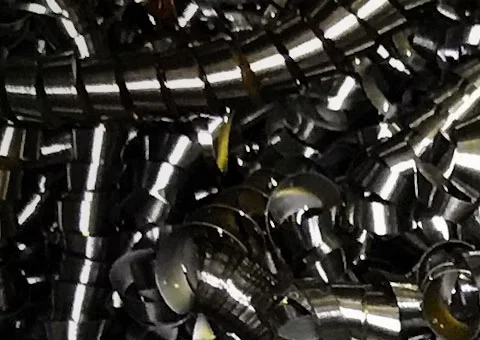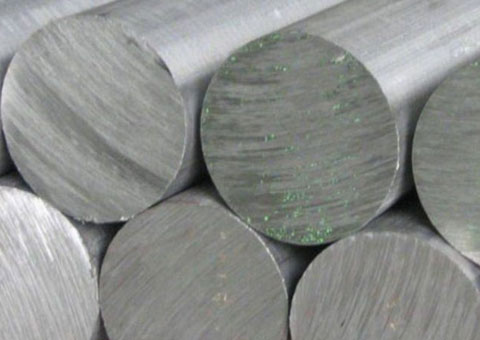As steelmaking shifts towards decarbonisation globally, ferrous scrap has emerged as a strategic raw material and India is at a critical juncture.
With India aiming to raise crude steel output from around 150 million tonnes/year currently to 220mt/y by 2030, a key concern is the availability of scrap to support this growth as the entire industry is focusing on cutting on emissions.
At a recent panel discussion attended by Kallanish, industry veterans shared a detailed and balanced perspective. India imported around 11mt of ferrous scrap in FY24, but that volume has already fallen by nearly 20% in FY25 to about 8mt.
Domestic generation stands at approximately 35mt/y, but a supply gap of 8-10mt persists which is unlikely to close anytime soon.
“We are not seeing import volumes drying up anytime in the next 5-10 years,” noted Rajendran Sabanayagam, managing director at Sumangala Steel, citing the slow pace of infrastructure development needed to boost domestic scrap collection.
Countries such as UAE, Malaysia, South Africa, and even Vietnam are tightening exports, through outright restrictions or duties. “We are witnessing protectionism rise, scrap is now viewed as a national resource,” noted Jayesh Jain, business head ferrous scrap, MTC Group.
China, the world’s largest consumer, uses over half of global scrap volumes. Japan too, is a significant player, though still exports as it refines its production to higher-grade steel. "China and Japan remain critical to India’s sourcing puzzle, while the US and EU are also in focus,” said Arshdeep Singh, director, Vital Solutions Pte.
Within India, sponge iron continues to compete with scrap in electric arc furnaces. Yet, players like ARS Steel are consciously avoiding sponge iron due to its higher carbon footprint. “Scrap use reduces emissions by more than 50%, and with green steel gaining ground, its role will only grow,” an industry leader emphasised.
Policy support is building. India’s vehicle scrappage policy, the extended producer responsibility (EPR) framework, and new reverse charge mechanisms for scrap buyers are all nudging the ecosystem towards greater formalisation and self-reliance. But implementation remains patchy.
“Circularity needs consistency. India must invest in local high-speed shredders, sorting tech and precision equipment not just import them,” commented Ankit Jain, owner of Nut Cracker, a scrap recycling equipment manufacturer.
There is optimism too. “We are reaching an inflection point where domestic demand, infrastructure growth and sustainability goals align. Scrap, if managed well, will be at the heart of it,” Vishal Wadhwa, DGM strategic sourcing at Jindal Stainless concluded.
Source:Kallanish

